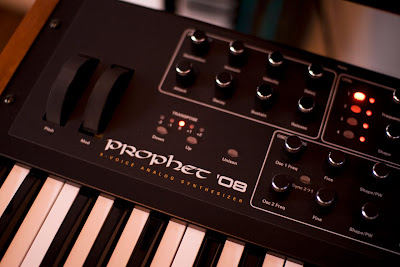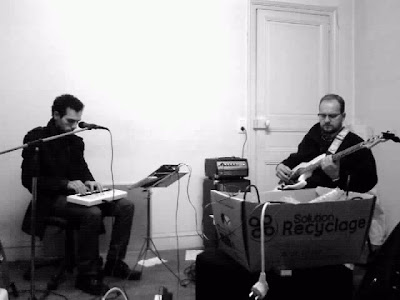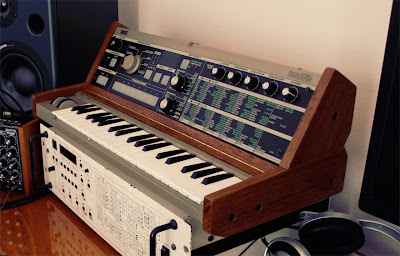
The Wavesequencing system is possibly the very best feature of the Korg Wavestation and yet is also the most overlooked by players, since programming wavesequences can be somewhat intimidating.
Here’s a simple step-by-step tutorial on how to program wavesequences.
In EDIT PERFORMANCE, choose a Patch.
In EDIT PATCH, press Init to reset the Patch.
Choose an oscillator, then press WAVES to choose the waveform.
On the ROM, waveforms 0 to 31 are wavesequences you can use for a Patch, but not modify.
On the RAM1 and RAM2, you’ll only find wavesequences, which you can alter. When you’re selecting a wavesequence, the WAVESEQ function should appear on the bottom right of the screen.
Please note that alterations to these wavesequences is instantly written to RAM, there’s no need to save and you’d better back up a wavesequence on another slot beforehand.
Press WAVESEQ to enter programming mode for the wavesquence.
If there are already steps in the wavesequence, just press DELETE to get start from scratch.
Then INSERT to add new steps.
By default, the result on the screen should be something like :
1 ROM 32 Soft EP 0 0 99 24 24
2 ROM 32 Soft EP 0 0 99 24 24
3 ROM 32 Soft EP 0 0 99 24 24
4 ROM 32 Soft EP 0 0 99 24 24
As you can see, each step is a waveform.
First thing you should do is set up different waveforms for each step.
For instance:
1 ROM 32 Soft EP 0 0 99 24 24
2 ROM 41 Organ 1 0 0 99 24 24
3 ROM 53 MuteGtr1 0 0 99 24 24
4 ROM 32 Sybass1 0 0 99 24 24
A bit of explanation for the values here :
The first 0 (Semi) transposes the pitch (-24 to +24).
The second 0 (Fine) allows for fine pitch tuning.
The 99 (Lev) changes the volume of the waveform.
The 24 (Dur) represents the length of each step (1 to 499... small values produce very rhythmic sequences, big values allow for more evolving sounds)
The last 24 (Xfd) impacts the transition between step, that is the cross-fading (0 will produce little clicks between steps, the transition becoming smoother as you raise the value)
Finally on the bottom of the screen :
Loop Dir indicates the way steps are played : FOR means Forward, B/F means Back&Forth
Repts indicates the number of times the whole wavesequence is repeated (by default, INF for Infinite).
That’s the basics of the system.
You should now be able to create your own wavesequences. Have fun!


















































